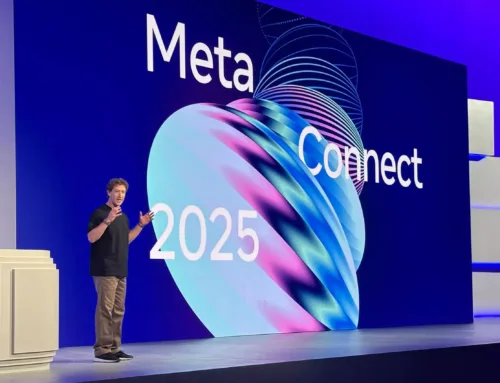Minnesota community solar makes it past bipartisan attempt to end…
June 23, 2025

As some state legislatures try to roll back clean energy measures, a successful policy for community solar in Minnesota has survived a political fight to end it.
Earlier this month, lawmakers ditched language from the state’s energy omnibus bill that would have terminated a successful state community-solar program in three years — and quashed the build-out of 500 megawatts of planned projects, according to advocates.
“I am absolutely thrilled that the community solar program will continue, [particularly] for the communities and individuals that will benefit from it,” said Keiko Miller, director of the community solar program at advocacy group Minneapolis Climate Action. “This really is a way of reducing household energy burden for those who have been left out [of the energy transition] traditionally, as well as increasing the availability of renewable energy resources.”
Minnesota’s Community Solar Garden program is crucial as the state aims to decarbonize its power system by 2040, Miller said. “There is absolutely no way we can get there without community solar being part of the portfolio.”
Community solar projects, which are typically up to 5 megawatts, make it easier for households to tap into the value of solar. Customers who might not be able to install photovoltaic panels on their own roofs, including renters and low-income families, can sign up for a shared solar project sited elsewhere, like on a community center’s roof or in a farmer’s field. Also known as community solar gardens or farms, they can guarantee subscribers a discount on electricity costs.
Minnesota was an early leader in the shared-solar approach, having started the state program in 2013. Last year, the North Star State ranked fourth in the nation for installed capacity with 939 megawatts, according to the National Renewable Energy Laboratory. That’s almost one-third of the state’s total solar capacity of 2.9 gigawatts.
The state revamped its solar garden initiative in 2023 to ensure that more households and lower-income customers would benefit from community solar projects. Lawmakers didn’t assign the initiative an expiration date at the time.
In late March, two Democrats and one Republican introduced Senate File 2855, a bill that would’ve sunset the community solar program in 2028. Senators then rolled the plan into their version of the energy bill.
Minnesota-based utility Xcel Energy supported terminating the program; in a March 26 hearing, a company representative criticized community solar as a costly way to deploy clean energy compared to utility-scale installations. Notably, companies other than utilities can develop community solar projects, and Xcel Energy doesn’t earn a profit on energy infrastructure it doesn’t own.
But the utility and other opponents aren’t accounting for community solar’s wide-ranging benefits, such as avoided transmission costs, the reduction in peak demand on the grid, and resilience, said Patty O’Keefe, Midwest regional director of national nonprofit Vote Solar.
In 2024, the Minnesota Department of Commerce, which oversees the state program, found that it’s expected to deliver $2.9 billion in net benefits over the next four decades. While the initiative is projected to increase bills by 2% to 3% for non-subscribers who aren’t considered low to moderate income, community solar is expected to lower energy bills for participating households by 3% to 8%.
Ultimately, lawmakers stripped the repeal language from the energy bill following pushback from community solar champions in the Legislature, including Democrats Rep. Patty Acomb, Senate Majority Leader Erin Murphy, and Rep. Melissa Hortman, O’Keefe said. (On June 14, Hortman and her husband were assassinated at their home in an act of politically motivated violence.)
Droves of supporters also helped save the state solar-garden program; they testified at hearings, marched, and protested, O’Keefe said. By her count, roughly 100 Minnesotans, including community solar subscribers, farmers, and clean energy advocates, called on legislators to reject the repeal.
The win for community solar in Minnesota comes as the broader solar industry — and the already-struggling rooftop solar sector in particular — faces serious federal headwinds. The Trump administration’s rapidly fluctuating tariffs and the looming repeal of solar and wind energy tax credits in the budget bill threaten to make solar more expensive to build. That could throw cold water on the record-breaking pace of solar deployment the U.S. has experienced in recent years.
But in Minnesota, at least, a major source of clean energy endures.
“This is a victory for the community solar movement,” O’Keefe said. “It just shows that even with a … forceful effort to try and repeal the entire program, we had enough power between the public and clean-energy champions to fight it back — and really send a message that Minnesota benefits from community solar.”
Alison F. Takemura
is staff writer at Canary Media. She reports on home electrification, building decarbonization strategies, and the clean energy workforce.
Search
RECENT PRESS RELEASES
Related Post




